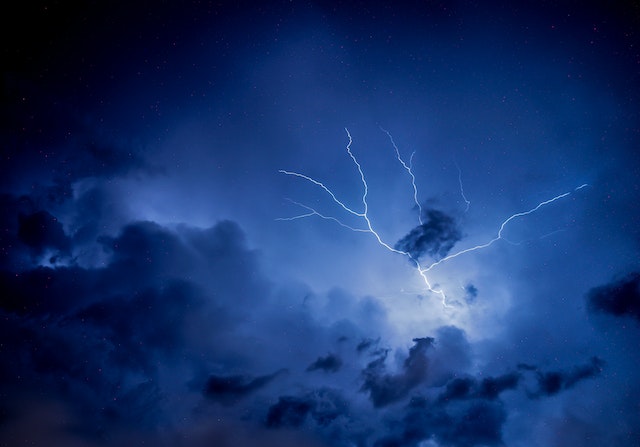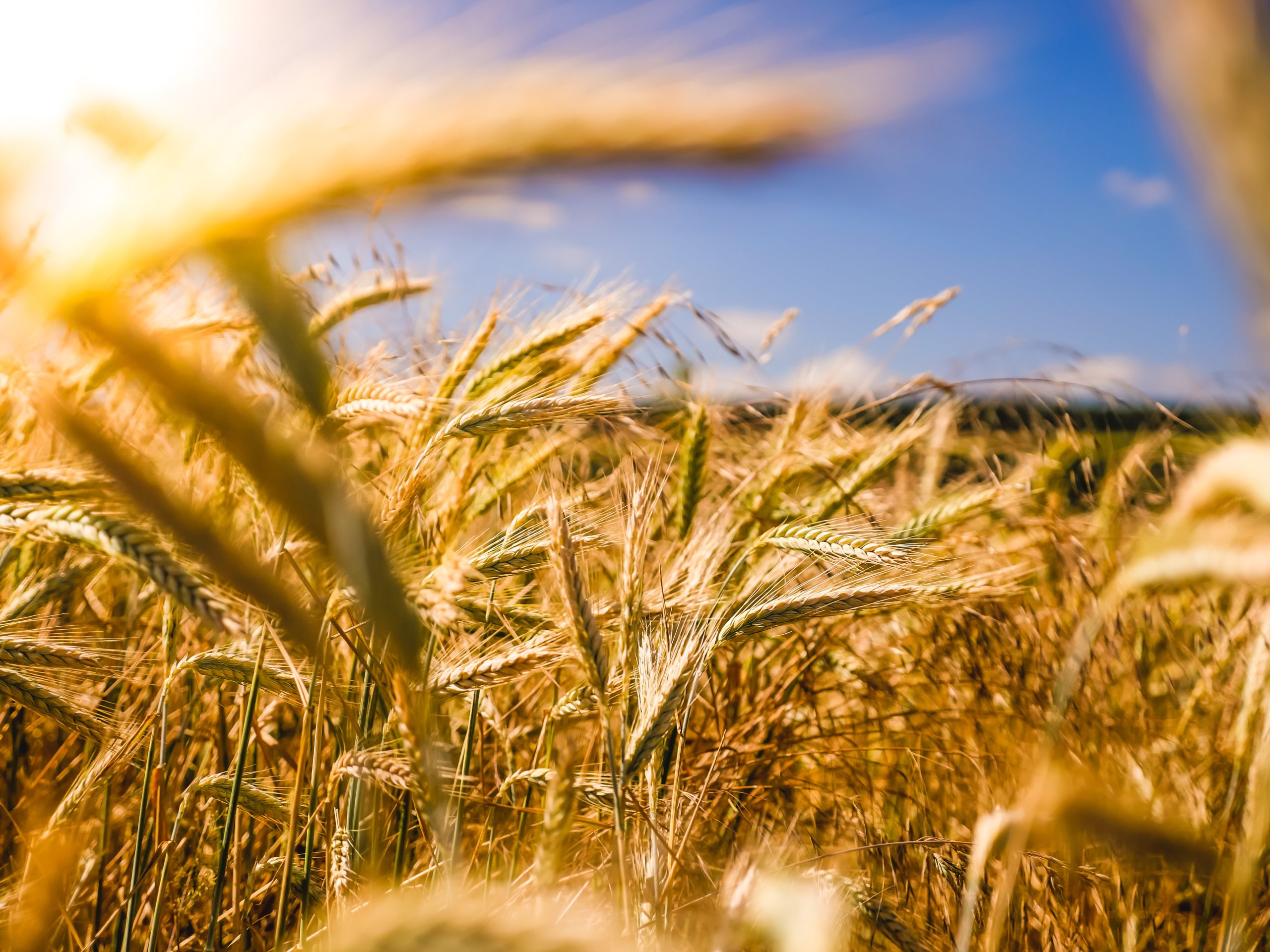As we continue to face environmental challenges, it’s important that we educate the next generation on how to address them. Environmental literacy is the key! When integrated into science curriculum, students can gain a deeper understanding of our planet and become better equipped with the knowledge needed to protect it. In this blog post, we’ll explore why environmental literacy is crucial in today’s world and how incorporating it into science education can benefit both students and our planet. So let’s dive in!
What is environmental literacy?
Environmental literacy refers to the knowledge and skills required to understand how the natural world works, how human activities impact it, and what we can do to protect and preserve it. It goes beyond understanding basic ecological concepts such as photosynthesis or food chains. Environmental literacy encompasses a comprehensive understanding of environmental issues at local, regional, national, and global levels.
It includes knowing about key environmental challenges like climate change, pollution, deforestation, loss of biodiversity among others. Additionally,it also involves learning about social-economic factors that drive these issues; examples include population growth patterns,government policies,and societal values.
Environmental literacy is crucial because it enables individuals to make informed decisions about various aspects of their lives that affect the environment.
These may range from simple everyday choices like recycling habits,to more significant decisions regarding career paths,political engagement,and public policy advocacy.
Why is environmental literacy important?
Environmental literacy is becoming increasingly important in today’s world as we face challenges such as climate change, loss of biodiversity and pollution. It refers to the ability to understand environmental issues, their causes, consequences and potential solutions.
Having a strong foundation in environmental literacy can help individuals make informed decisions about their daily lives, including lifestyle choices that may have an impact on the environment. This can range from simple actions like reducing plastic use or biking instead of driving to more complex policy decisions that require an understanding of scientific concepts.
Moreover, incorporating environmental literacy into science curriculum has numerous benefits for students. It allows them to gain an appreciation for nature and promote sustainable practices at a young age while also developing critical thinking skills by analyzing complex ecological systems.
In addition, being environmentally literate helps individuals become active citizens who are aware of current environmental policies and able to advocate for change when necessary. It enables us all to become better stewards of the earth we live in.
With increasing global awareness about sustainability issues at large creating a generation of environmentally literate individuals will be crucial towards building a more sustainable future.
How can environmental literacy be incorporated into science curriculum?
Incorporating environmental literacy into science curriculum can be done in a variety of ways, from simple class discussions to hands-on activities. One approach is to use case studies that showcase real-world environmental issues and solutions. These case studies provide students with the opportunity to analyze complex problems and develop critical thinking skills.
Another way is to incorporate field trips or outdoor lessons that allow students to experience firsthand the natural world around them. For example, taking a trip to a local park or nature reserve can help students better understand ecosystems and how they function.
Using multimedia resources such as videos, podcasts and articles also helps engage learners on this topic. By exposing them to various sources of information about sustainability, climate change and other relevant topics, they will gain diverse perspectives on these issues.
Teachers can encourage their students’ creativity by assigning projects that challenge them to brainstorm innovative solutions for pressing environmental concerns. This not only develops their problem-solving skills but also fosters an appreciation for nature’s complexity.
There are many different approaches educators can take when incorporating environmental literacy into science curriculum. The key is finding what works best for your classroom setting while keeping your lesson plans engaging and informative!
Environmental Literacy in the Classroom
Environmental literacy is not just about understanding the environment and its issues, but also about taking action to protect it. To make sure we have a sustainable future, students need to learn how their actions impact the environment and what they can do to reduce negative impacts.
Incorporating environmental literacy into science curriculum provides an opportunity for students to engage in hands-on learning experiences that will help them develop a deeper understanding of the natural world. Teachers can use case studies, field trips, laboratory experiments and simulations as teaching methods.
One way teachers can enhance environmental literacy in the classroom is by integrating technology such as Geographic Information Systems (GIS). GIS allows teachers to create interactive maps that display data on various topics like water quality or air pollution within specific geographical areas. Students can then analyze this data using critical thinking skills.
Another approach involves connecting with local community organizations that focus on environmental education. These organizations often provide resources such as lesson plans, guest speakers or volunteer opportunities for students which reinforces what they are learning in class and gives them real-life applications of their knowledge.
Incorporating environmental literacy across all subjects helps develop responsible global citizens who understand complex ecological systems while being able to take informed actions towards protecting our planet’s natural resources.
Conclusion
Incorporating environmental literacy into science curriculum is a necessary step towards creating a better future for our planet. It not only helps students understand the significance of preserving and conserving the environment, but it also equips them with the knowledge and skills to address environmental challenges that we face today.
By providing opportunities for students to learn about sustainability, climate change, conservation, renewable energy sources, and other related topics in their science classes, we can instill in them a sense of responsibility towards nature. This will help create environmentally conscious citizens who are capable of making informed choices that positively impact our planet.
Incorporating environmental literacy into science curriculum is an essential component of modern education. It promotes critical thinking skills while empowering students to take action towards building a sustainable future. As educators and as individuals responsible for shaping tomorrow’s generation, let us strive towards creating more environmentally literate classrooms that go beyond just textbooks and engage with real-world issues facing our planet today.










